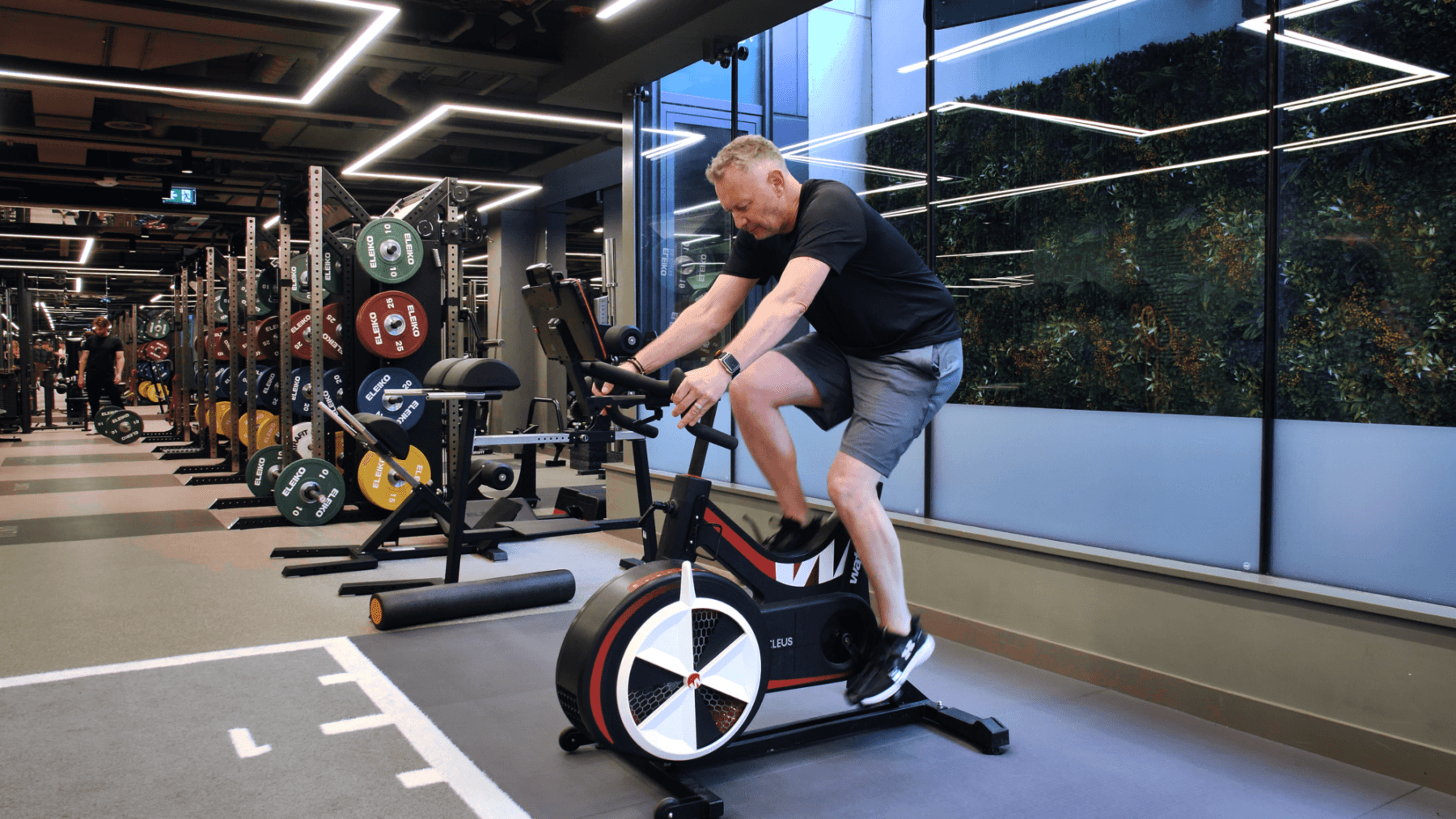اعاده التاهيل
برنامج أرثروساميد لإعادة التأهيل
قد تكون إدارة الفصال العظمي في الركبة أمرا صعبا ، لكننا هنا للمساعدة في تسهيل اتخاذ القرار لدعم مرضاك. على الرغم من أنه لا يمكن علاج هشاشة العظام في الركبة ، إلا أننا نعتقد أن الالتزام طويل الأمد بممارسة الرياضة يمكن أن يحسن بشكل كبير من فرص مرضاك في عيش حياة أكثر نشاطا مع تقليل آلام الركبة. تم تصميم هذا المورد للأطباء لمشاركته مع مرضاهم وسيوفر التوجيه والدعم لمساعدتهم على اتخاذ قرارات مستنيرة حول إدارة هشاشة العظام في الركبة من خلال التمارين الرياضية والاستراتيجيات الأخرى.

